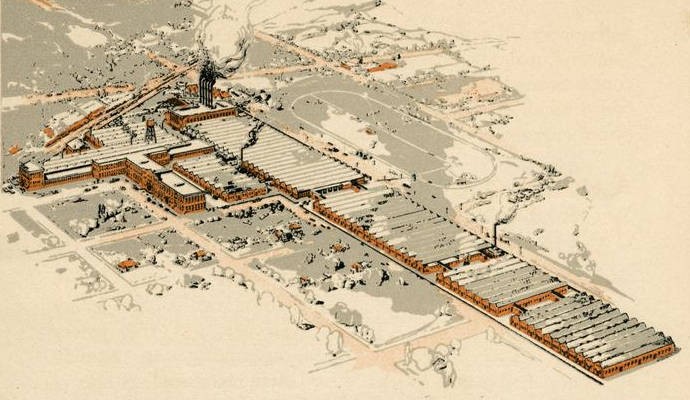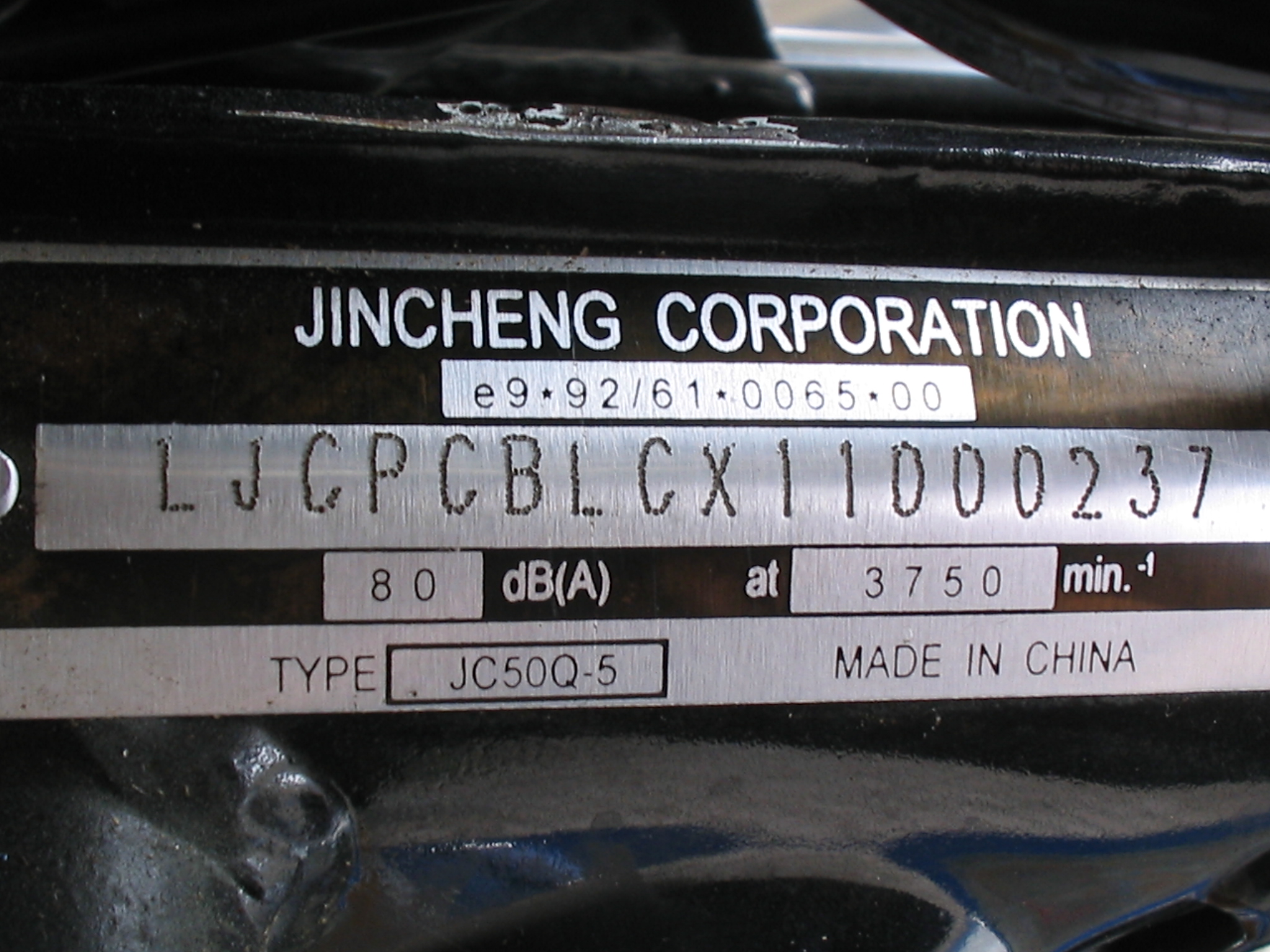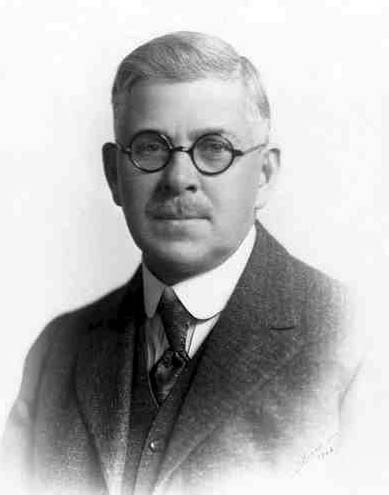|
List Of GM Platforms
The American-based international automotive conglomerate General Motors (GM) underpins its many vehicle models with various platforms. These platforms are established sets of axles, suspensions, and steering mechanisms which fit various bodies and powertrains from various marques that GM owns. From the early twentieth century, a Latin letter-based naming scheme was used to designate platforms, which were aimed at vehicles under different brands that served similar niches of the market. For example, the B platform was the base for fullsize, rear-wheel drive (RWD) sedans and wagons from 1926 to 1996. This platform underpinned vehicles made by Buick, Cadillac, Chevrolet, Marquette, Pontiac, and Oldsmobile. During the 1970s and 1980s, GM introduced many new front-wheel drive (FWD) platforms for the first time, such as the FWD C platform introduced in 1985. Despite being mechanically very new and different, it kept the same name as the RWD C platform for the sake of consi ... [...More Info...] [...Related Items...] OR: [Wikipedia] [Google] [Baidu] |
Automotive Industry
The automotive industry comprises a wide range of company, companies and organizations involved in the design, Business development, development, manufacturing, marketing, selling, Maintenance, repairing, and Custom car, modification of motor vehicles. It is one of the world's largest industry (economics), industries by revenue (from 16% such as in France up to 40% in countries such as Slovakia). The word ''automotive'' comes from the Greek language, Greek ''autos'' (self), and Latin ''motivus'' (of motion), referring to any form of self-powered vehicle. This term, as proposed by Elmer Ambrose Sperry, Elmer Sperry (1860–1930), first came into use to describe automobiles in 1898. History The automotive industry began in the 1860s with hundreds of manufacturers pioneering the Brass Era car, horseless carriage. Early car manufacturing involved manual assembly by a human worker. The process evolved from engineers working on a stationary car to a conveyor belt system where the ... [...More Info...] [...Related Items...] OR: [Wikipedia] [Google] [Baidu] |
Station Wagon
A station wagon (American English, US, also wagon) or estate car (British English, UK, also estate) is an automotive Car body style, body-style variant of a Sedan (automobile), sedan with its roof extended rearward over a shared passenger/cargo volume with access at the back via a third or fifth door (the liftgate, or Trunk (automobile)#Tailgate, tailgate), instead of a trunk/boot lid. The body style transforms a standard Three-box styling, three-box design into a Three-box styling#One-box and Two-Box design, two-box design—to include an Pillar (car), A, B, and C-pillar, as well as a D-pillar. Station wagons can flexibly reconfigure their interior volume via fold-down rear seats to prioritize either passenger or cargo volume. The ''American Heritage Dictionary'' defines a station wagon as "an automobile with one or more rows of folding or removable seats behind the driver and no luggage compartment but an area behind the seats into which suitcases, parcels, etc., can be loaded ... [...More Info...] [...Related Items...] OR: [Wikipedia] [Google] [Baidu] |
Subcompact Car
Subcompact car is a North American Car classification, classification for cars smaller than a compact car. It is broadly equivalent to the B-segment (Europe), supermini (Great Britain) or A0-class (China) classifications. According to the United States Environmental Protection Agency, U.S. Environmental Protection Agency (EPA) car size class definition, the subcompact category sits between the "minicompact" and "compact car, compact" categories. The EPA definition of a subcompact is a passenger car with a combined interior and cargo volume of . Current examples of subcompact cars are the Nissan Versa and Mitsubishi Mirage. The smaller cars in the A-segment, A-segment/city car category (such as the Chevrolet Spark and Smart Fortwo) are sometimes called subcompacts in the U.S., because the EPA's name for this smaller category — "minicompact" — is not commonly used by the general public. The prevalence of small cars in the United States increased in the 1960s due to increased i ... [...More Info...] [...Related Items...] OR: [Wikipedia] [Google] [Baidu] |
Greek Alphabet
The Greek alphabet has been used to write the Greek language since the late 9th or early 8th century BC. It was derived from the earlier Phoenician alphabet, and is the earliest known alphabetic script to systematically write vowels as well as consonants. In Archaic Greece, Archaic and early Classical Greece, Classical times, the Greek alphabet existed in Archaic Greek alphabets, many local variants, but, by the end of the 4th century BC, the Ionia, Ionic-based Euclidean alphabet, with 24 letters, ordered from alpha to omega, had become standard throughout the Greek-speaking world and is the version that is still used for Greek writing today. The letter case, uppercase and lowercase forms of the 24 letters are: : , , , , , , , , , , , , , , , , , , , , , , , The Greek alphabet is the ancestor of several scripts, such as the Latin script, Latin, Gothic alphabet, Gothic, Coptic script, Coptic, and Cyrillic scripts. Throughout antiquity, Greek had only a single uppercas ... [...More Info...] [...Related Items...] OR: [Wikipedia] [Google] [Baidu] |
Vehicle Identification Number
A vehicle identification number (VIN; also called a chassis number or frame number) is a unique code, including a serial number, used by the automotive industry to identify individual motor vehicles, towed vehicles, motorcycles, scooters and mopeds, as defined by the International Organization for Standardization in ISO 3779 (content and structure) and ISO 4030 (location and attachment). There are vehicle history services in several countries that help potential car owners use VINs to find vehicles that are defective or have been written off. History VINs were first used in 1954 in the United States. From 1954 to 1965, there was no accepted standard for these numbers, so different manufacturers and even divisions within a manufacturer used different formats. Many were little more than a serial number. Starting in January 1966 the US Government mandated that a 13-character VIN be used. This specification was phased in over several years. US manufacturers used them starti ... [...More Info...] [...Related Items...] OR: [Wikipedia] [Google] [Baidu] |
Oldsmobile 98
The Oldsmobile 98 (spelled Ninety-Eight from 1952 to 1991, and Ninety Eight from 1992 to 1996) is the full-size car, full-size flagship model of Oldsmobile that was produced from 1940 until 1942, and then from 1946 to 1996. The name – reflecting a "Series 90" fitted with an 8-cylinder engine – first appeared in 1941 and was used again after American consumer automobile production resumed post-World War II. It was, as it would remain, the division's top-of-the-line model, with lesser Oldsmobiles having lower numbers such as the GM A platform (RWD), A-body Oldsmobile Series 60, 66 and 68, and the GM B platform, B-body Oldsmobile Series 70, 76 and 78. The Series 60 was retired in 1949, the same year the Oldsmobile 78 was replaced by the Oldsmobile 88, 88. The Oldsmobile 76 was retired after 1950. This left the two remaining number-names to carry on into the 1990s as the bread and butter of the full-size Oldsmobile lineup until the Eighty Eight-based Regency replaced the 98 ... [...More Info...] [...Related Items...] OR: [Wikipedia] [Google] [Baidu] |
GM C Platform (1936)
The GM C Platform was a rear wheel drive (RWD) automobile chassis used by General Motors for its full-sized cars from 1925 through 1984. From at least 1941, when the B-body followed suit in adopting the C-body's pioneering lower and wider bodystyle, abandoning running boards, it may be viewed as a larger and more upscale brother to the GM B platform. It was also related to the limousine D platform. With the introduction of a severely downsized front-wheel drive new GM C platform in 1985, it was redesignated as GM's D platform and continued in production for a number of Cadillac models through 1996. Among the earlier models the C-body was used for were the Pontiac Series 24/29 Torpedo, Oldsmobile 98, the Buick Roadmaster, Super and 1958 Limited, the LaSalle Series 52, and all mid-level Cadillacs starting with the Cadillac Series 355. Generally the C-Body was for the top-of-the-line models of multiple General Motors divisions including the Oldsmobile 98 and Buick Electra ... [...More Info...] [...Related Items...] OR: [Wikipedia] [Google] [Baidu] |
GM C Platform (1985)
GM C platform, also known as the C-Body, was a front wheel drive (FWD) automobile platform used by General Motors' Cadillac, Buick and Oldsmobile divisions for their full-sized automobiles from 1985 through 1996, sharing unibody construction, transverse engine configuration, rack and pinion steering and four-wheel independent suspension. C-Bodies used, V6 or V8 engines, GM's TMH440 transaxle (initially), unibody construction — and all had been aerodynamically improved, with the Oldsmobile achieving a .383 drag coefficient. GM's C platform and H platform were largely identical, sharing the same 110.8 in wheelbase, most bodywork, interior details, glass and engines. Manufacture began with the C platform in late 1983, first at two purpose-built plants, Wentzville Assembly and Orion Assembly — later moving to Lansing Car Assembly as well as Flint and Willow Run assembly plants. Significantly shorter, narrower, lighter and more fuel-efficient than the platform t ... [...More Info...] [...Related Items...] OR: [Wikipedia] [Google] [Baidu] |
Front-wheel Drive
Front-wheel drive (FWD) is a form of internal combustion engine, engine and transmission (mechanics), transmission layout used in motor vehicles, in which the engine drives the front wheels only. Most modern front-wheel-drive vehicles feature a transverse engine, rather than the conventional longitudinal engine arrangement generally found in automobile layout#Rear wheel drive layouts, rear-wheel-drive and four-wheel drive, four-wheel-drive vehicles. Location of engine and transmission By far the most common layout for a front-wheel-drive car is with the engine and transmission at the front of the car, mounted transversely. Other layouts of front-wheel drive that have been occasionally produced are a front-engine mounted longitudinally, a mid-engine layout and a rear-engine layout. History Prior to 1900 Experiments with front-wheel-drive cars date to the early days of the automobile. The world's first self-propelled vehicle, Nicolas-Joseph Cugnot's 1769/1770 Nicola ... [...More Info...] [...Related Items...] OR: [Wikipedia] [Google] [Baidu] |
Oldsmobile
Oldsmobile (formally the Oldsmobile Division of General Motors) was a brand of American automobiles, produced for most of its existence by General Motors. Originally established as "Olds Motor Vehicle Company" by Ransom E. Olds in 1897, it produced over 35 million vehicles, including at least 14 million built at its Lansing, Michigan, factory alone. During its time as a division of General Motors, Oldsmobile slotted into the middle of GM's five passenger car divisions (above Chevrolet and Pontiac (automobile), Pontiac, but below Buick and Cadillac). It was also noted for several groundbreaking technologies and designs. Oldsmobile's sales peaked at over one million annually from 1983 to 1986, but by the 1990s the division faced growing competition from premium import brands, and sales steadily declined. When it shut down in 2004, Oldsmobile was the oldest surviving American automobile brand, and one of the oldest in the world. History Early history Oldsmobiles were first manufac ... [...More Info...] [...Related Items...] OR: [Wikipedia] [Google] [Baidu] |
Pontiac (automobile)
Pontiac, formally the Pontiac Motor Division of General Motors, was an American automobile brand owned, manufactured, and commercialized by General Motors. It was introduced in 1926 as a General Motors companion make program, companion make for GM's more expensive line of Oakland Motor Car Company, Oakland automobiles. Pontiac quickly overtook Oakland in popularity and supplanted its parent entirely by 1933, establishing its position as one of GM's dominant divisions. Sold in the United States, Canada, and Mexico by GM, Pontiac came to represent affordable, practical transportation emphasizing performance. The division’s name stems from the Odawa chieftain Pontiac (Odawa leader), Pontiac, who led an Pontiac's War, indigenous uprising from 1763 until 1766 around Detroit, Michigan. In the hierarchy of GM's five divisions, it slotted above Chevrolet but below Oldsmobile, Buick, and Cadillac. Starting with the 1959 models, marketing was focused on selling the lifestyle that the c ... [...More Info...] [...Related Items...] OR: [Wikipedia] [Google] [Baidu] |
Marquette (automobile)
Marquette was an American automobile manufacturer established by General Motors in 1909 after the purchase of the Rainier Motor Car Company. The Marquette Company did not last long and in 1912 GM announced the company would be closed. The ''Marquette'' brand had been used before by the Berwick Auto Car Company in 1904, and then by the Buick division of GM for a car series released in 1929. The brand was then discontinued by GM and has not been used since. History Company The name ''Marquette'' was first used for an automobile when the Berwick Auto Car Company of Grand Rapids, Michigan, frequently took it as a model designation for their electric car in 1904. One of the General Motors founders, William Durant, bought the Rainier Motor Car Company in May 1909. Rainier was in severe financial trouble at the moment of the purchase. Following that, a new company, the Marquette Motor Company was established in Saginaw, Michigan, to continue production of the luxurious 'Raini ... [...More Info...] [...Related Items...] OR: [Wikipedia] [Google] [Baidu] |







